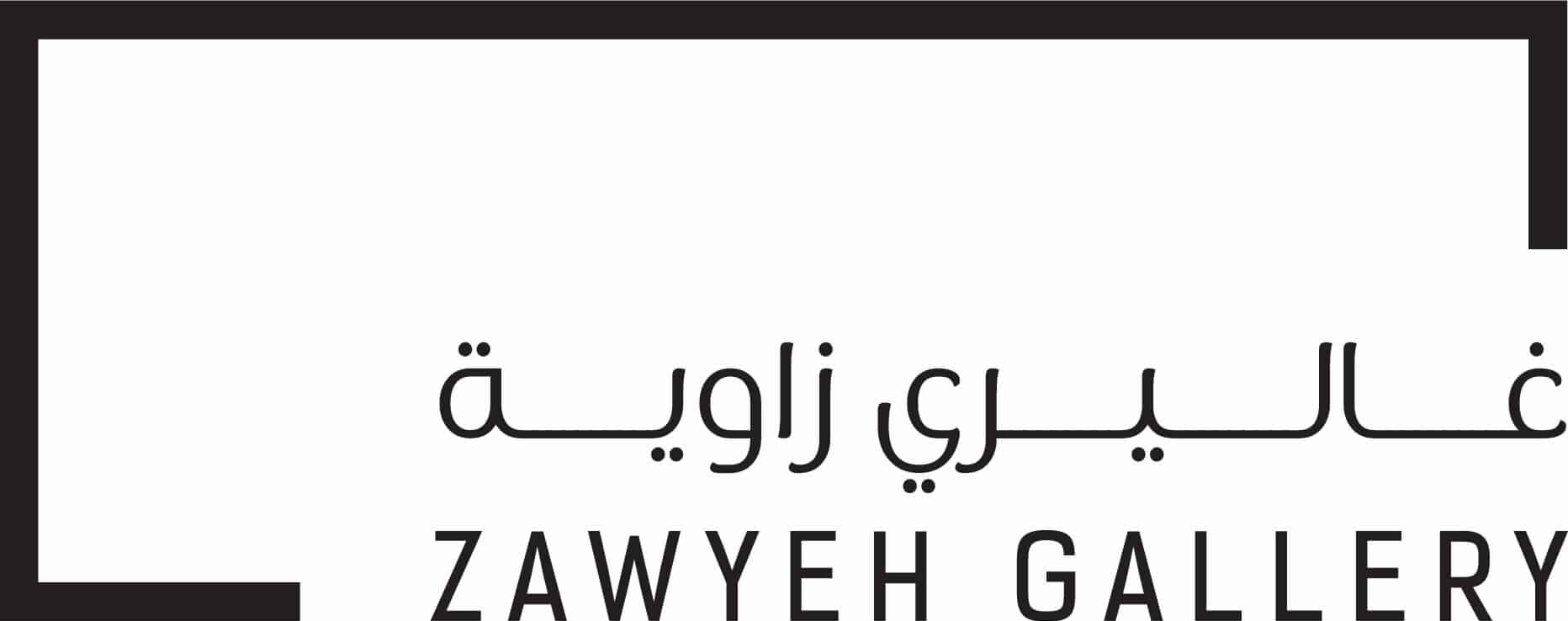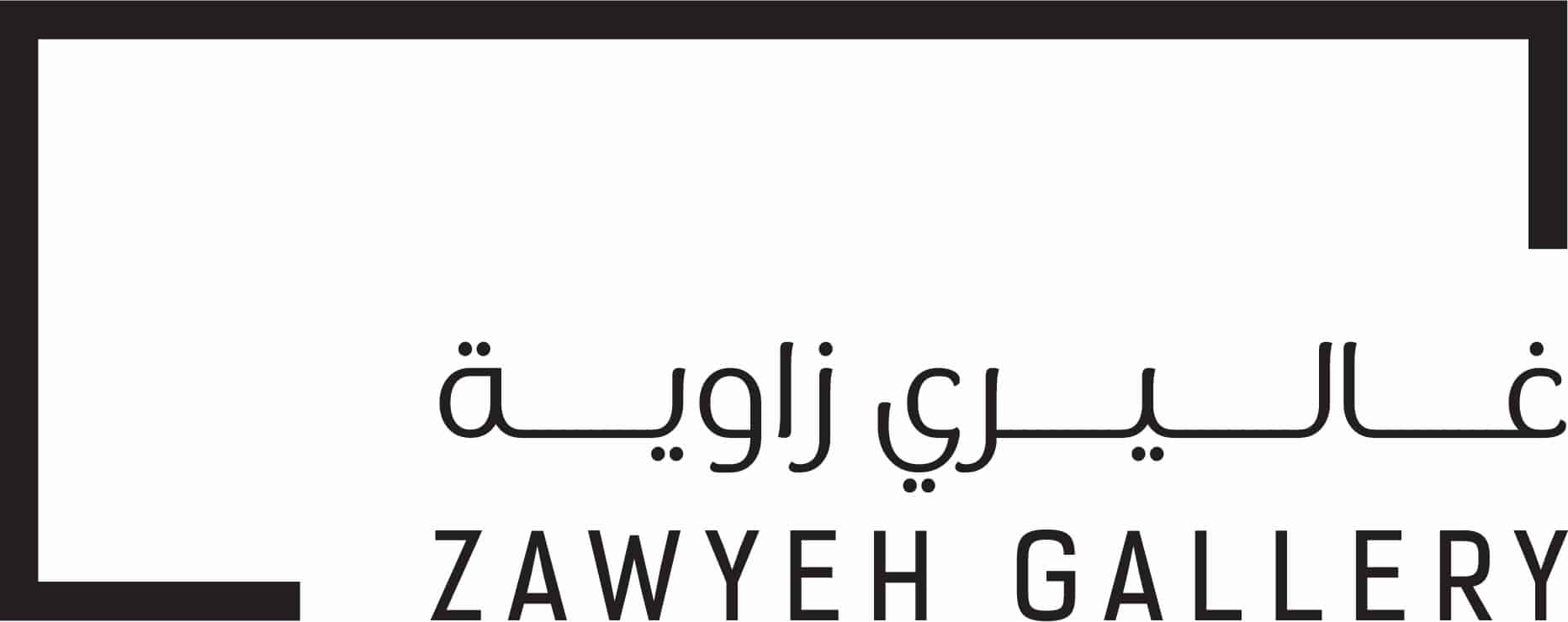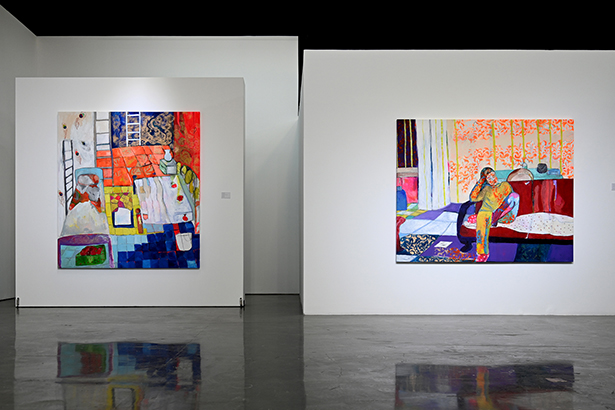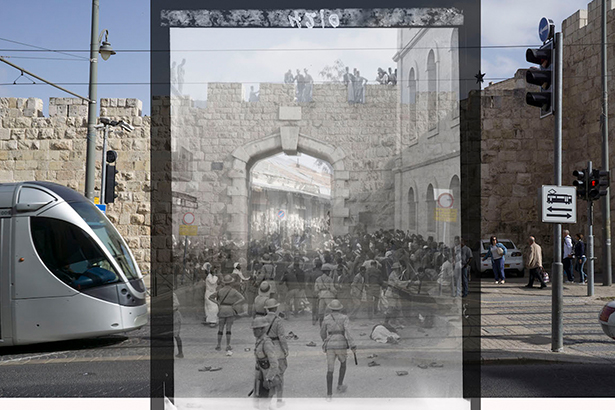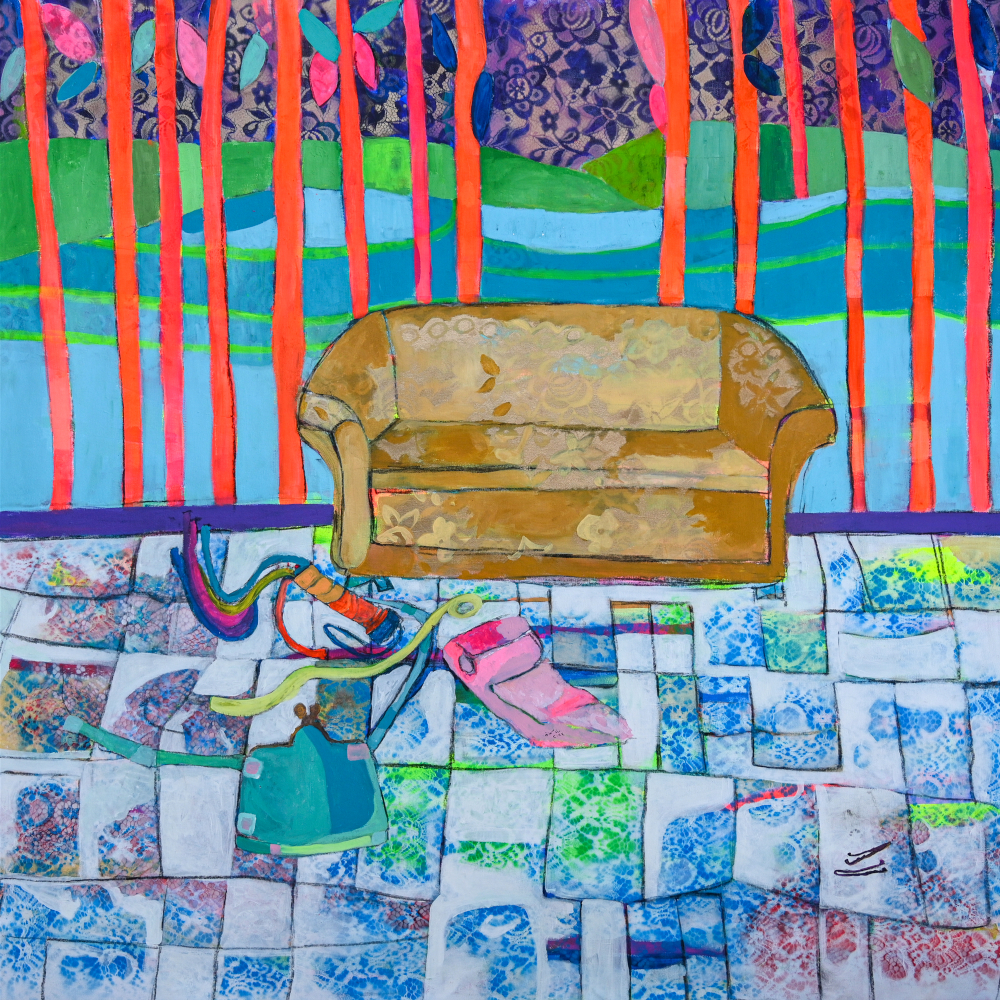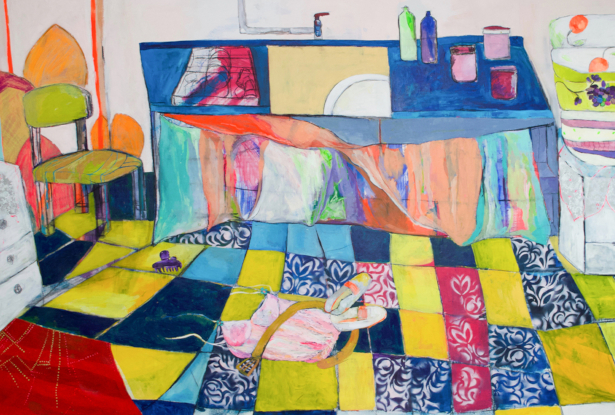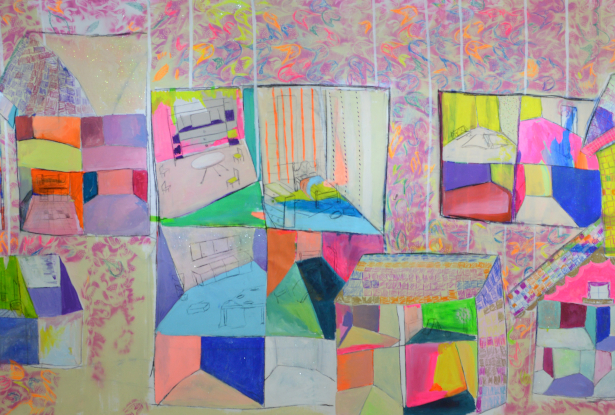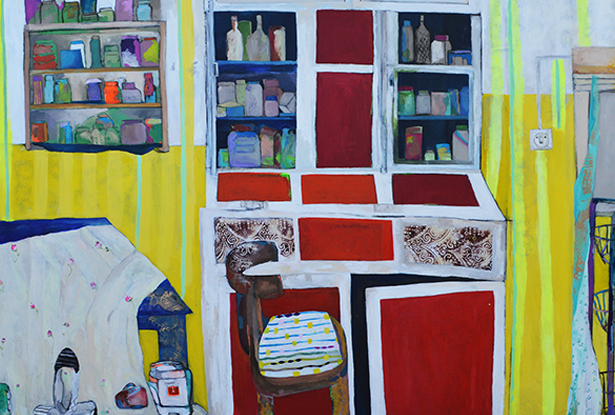Inner Sanctuary by Rana Samara
May 22 – August 28, 2022
Intersect 21
16 - 22 Feb, 2021
Rana Samara
RANA SAMARA OVERVIEW WORKS Rana Samara (born in 1985, Jerusalem) is a Palestinian artist and a graduate of the International Art Academy, Ramallah (2015). Samara grew up in a typic
Contemporary Istanbul 2019 – Intimate Space
September 12 - September 15, 2019
Galleries at MAS Abu Dhabi 2019
April 8 - June 8, 2019
Art Dubai 2019 – Rana Samara’s War Games
March 20 - March 23, 2019
Art Dubai 2017 – Intimate Space by Rana Samara
March 15 - March 18, 2017
Intimate Space by Rana Samara
August 13 - September 10, 2016
